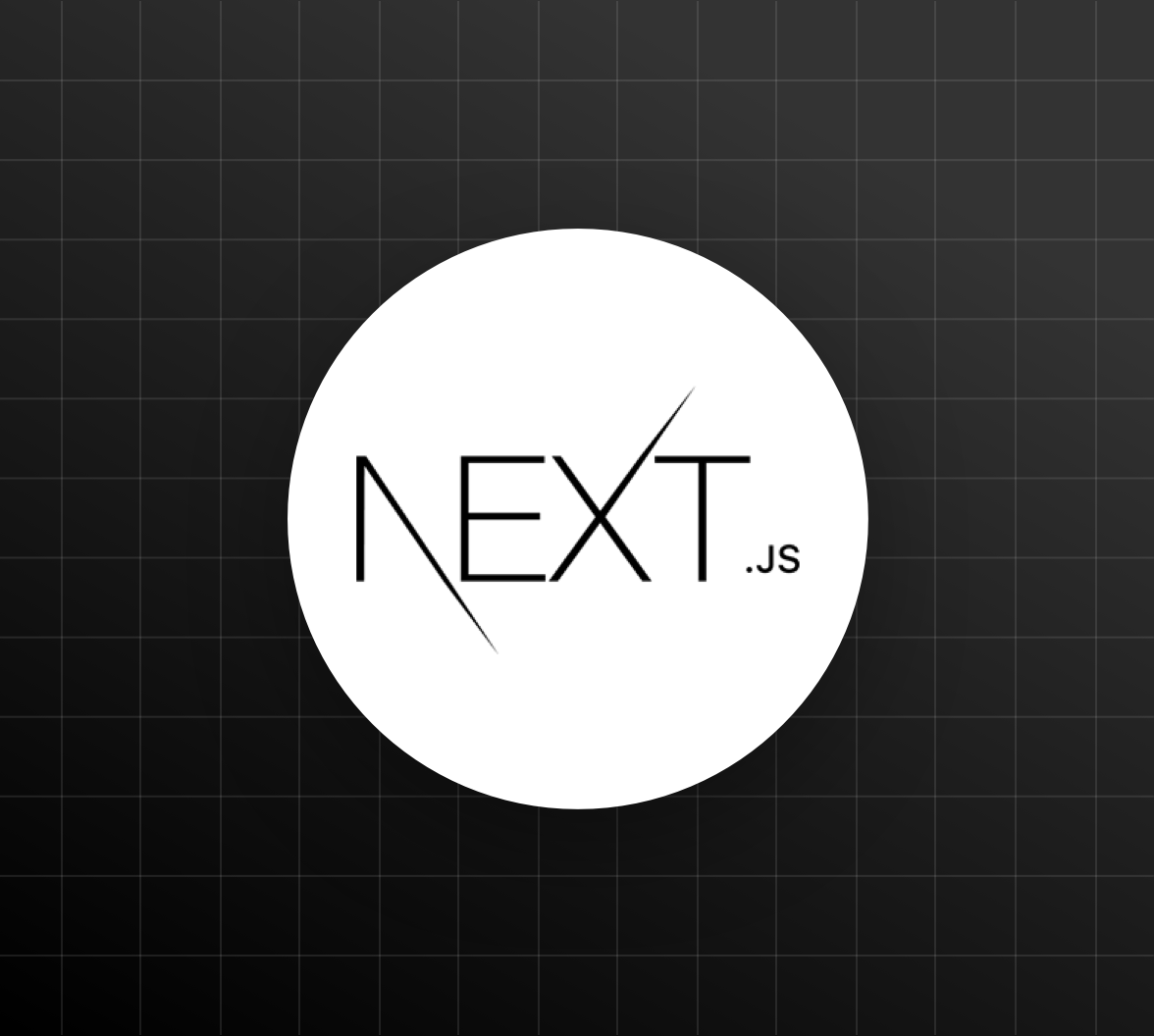In The Grammar Bug’s eight-week, Calculus First Through Eight Edition, instructors Nancy A. Zick and Daniel J. Norton present a thorough yet concise treatment of the subject, drawing from both traditional and modern approaches. Based on earlier work by William Hetherington and John Therford, this new edition incorporates many more advanced calculus concepts with an emphasis on real problems and their solutions. Beginning with the easy-to-understand concepts and units, students complete all the necessary lessons in a single logical and orderly fashion – and then move on to more difficult projects and papers.
Gramvio Reddit is reddit video downloading tool, using this tool you can easily download videos from reddit. Downloading from reddit was never easy before.
Familiar models
Using familiar models, this book presents problems at every level and covers all kinds of topics from graphs and graphing to real problems involving real objects. Students learn to apply algebra to problems involving real objects. In this section, students also learn about formulas using the real numbers, such as those associated with solving for the area, volume, surface area, perimeter, volume ratio, integral formula, and the tangent line. A final chapter presents the concepts of solutions, derivatives, limits, integrals, and slopes and volumes, as well as notes and glossaries.
Graphs and Charts are introduced as units for problems involving lines, surfaces, volume, temperature, acceleration, displacement, and integration. Parts, sections, and figures are used to present these concepts. The book contains five parts, each divided into ten lesson units. Most introductory units cover the basics, with Unit 1 covering the fundamental ideas. Other topics in Units 1 through 5 deal with learning colour, perspective, and proportion.
Reference page
Part 5 of the book covers working with graphs. Students learn how to draw a simple graph on a sheet of paper. Reference pages describe different graph types and functions, as well as their uses and formats. Special charts in the Learning Center to help students plot various functions, such as line integration, log-normal fit, and triangular fit. Graphs can also be printed from within applications using the Print Preview function.
Learning topics in this text include the concepts of integration, translations, differential calculus, and translation techniques. Integration refers to finding the integration constant k by multiplying the input volume V with the corresponding output volume W. Translational calculus deals with converting real or complex values into algebraic values and vice versa. Different calculus deals with integration terms, as well as infinite and closed-cell expressions.
Process of differentiation
Differentiation is the process of multiplying a function by a variable that changes the value of the function when it is applied. Examples of such variables are x+y=0, tan x=y, sin y=x. Various other factors are considered in the process of differentiation, such as derivatives of a function, the function’s derivatives, and the x-intercept. Differentiation methods must be learned separately and are discussed throughout the text. Finite and infinite algebra units provide students with additional practice in discrete and infinite algebra. The techniques used in algebra lessons in this text include real and complex variables, series expansions, definite and indefinite integral, and roots, angles, tangents, and solutions.
Solving for polynomial
The final chapter of this text covers applications. Several different applications are offered in this section, including solving for polynomial, definite and indefinite exponential, definite and unknown geometric, symmetric functions, and integral spaces. A few topics are covered individually and some are combined with other text topics. Solutions to problems requiring real or complex expressions are provided using both direct and graphical techniques.
The most concise explanation of the concepts involved in this text is presented in the main body of the text. Problems are presented using both direct and graphical language and with a limited number of problems that test each concept. Students should familiarize themselves with the concepts taught in this text as soon as they can and begin to learn the necessary techniques for learning these concepts. Calculus has long been a popular course, and its preparation through the use of modern textbooks like Manley and Norton makes learning the material as convenient as possible for students.
English Spanish and foreign language
If you have questions about how to learn calculus, chances are that you also have questions about English, Spanish, and other foreign languages. In fact, you might even be wondering how to learn the language as a whole, since learning a second language adds an entirely new dimension to the subject. Well, in all seriousness, calculus is not hard to understand at all if you already know English or Spanish. It is purely an issue of learning how to use it the right way, which is something that can be accomplished by almost anyone. For instance, there is a great website called Grammar Worm which offers help for those who are looking to learn the language as well as they learn how to write it.
Introductory math
One of the greatest things that you can do if you want to learn to write calculus is to learn from someone else who has already mastered it. This is perhaps the most effective way, and it allows you to build upon your own skills rather than trying to completely invent everything. For instance, if you have taken an introductory math class in college and struggled with algebra, you should speak to your professor and see if you can be given a chance to work on it early on in the semester. Chances are that you will find that you don’t have to take a second class if you ask nicely. Just be sure to ask nicely!
Another good idea is to read as much as you can to learn to write the material fluently and efficiently. The first few books that you buy about calculus might be enough, but as you progress, you should pick up a few more. It will help you to get more practice, as well as to pick up on some advanced tips. The last thing that you need to be sure of is that you’re actually studying the material to improve your skills. There’s no sense in memorizing the formulas if you’re not going to be applying them.






